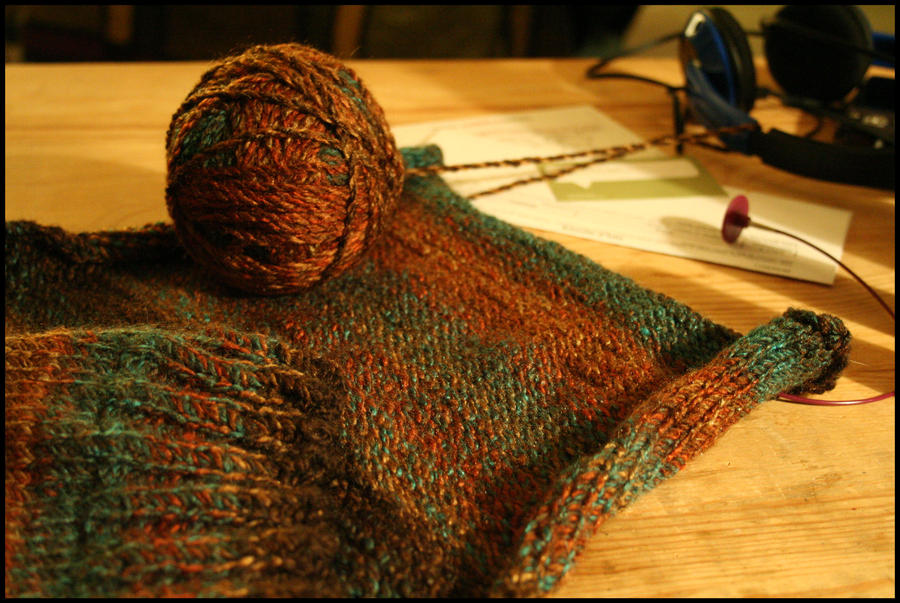Recently, I was listening to a talk about faith, activism, and responses to harassment online. The talk, given by Balpreet Kaur, was beautiful in how it brought together a lot of elements that I respect and try to bring to my own work. Too often is it an either-or situation -- you either are an activist that keeps their faith at arm's length or a person of faith who is quiet on politics...
...but that rant is for another post.
Sometimes I get caught on smaller turns of phrase when I listen to talks like these. On the whole the ideas presented are solid and speak to me, but something just catches me off guard. In this case, it was the phrase "typical brown upbringing." Balpreet is not the first or only one to use this phrase, and it wasn't even the main topic of her talk. But for me, it triggered a bunch of emotions that I couldn't put back in the box.
Whenever I hear a South Asian American speaker, or an Asian American speaker in general, speak about being raised 'brown' or 'Asian', it's usually referring to strict parents and high expectations. Usually it's referring to stereotypes of doctor/lawyer/engineer (or, alternatively, preparing to be married) Asians who aren't allowed to pursue other goals, friendships, or sports. It conjures up an experience that may be true for some immigrant and second generation Asian Americans, but it is still just as bounded by privilege and experience as any other.
For me, this statement alienates my experiences. And I don't believe my experiences are all that unique. This statement paints all Asian American families with the same brush. It also gives a measuring stick for being "brown enough" that leaves a bad taste in my mouth. It begs the question: is it not 'typical' for Asians to have supportive parents? Are we coming together on yet another set of stereotypes rather than uniting on something more positive?
When I think of other racial groups rallying around shared experiences, I think about blackness. There is still a lot of homogenizing with that term, but there is also a community pride in being black. It is a reclamation and defiance of commonly held stereotypes that black is something negative. 'Asian American' as a term itself collects a lot of different stories, just as 'black' does. And even within South Asian or East Asian groups, there are still many differences -- so many, in fact, that labeling a "typical upbringing" just doesn't hold water. It limits the ways we can come together because it unites us on the idea that we have 'survived' our childhoods, that we have been left with a confusing residue of cultural expectations and immigrant narratives. We are forever defying someone's experiences: more often than not, they are our own limiting beliefs.
We must be part of an active movement to create a broad variety of narratives, not just respond to stereotypes. We must trust that our listeners, Asian and not, will understand and connect to our specific experiences regardless of what they've heard before. Our stories can speak for themselves.
Let me know what you think on Facebook or on Twitter.
...but that rant is for another post.
Sometimes I get caught on smaller turns of phrase when I listen to talks like these. On the whole the ideas presented are solid and speak to me, but something just catches me off guard. In this case, it was the phrase "typical brown upbringing." Balpreet is not the first or only one to use this phrase, and it wasn't even the main topic of her talk. But for me, it triggered a bunch of emotions that I couldn't put back in the box.
Whenever I hear a South Asian American speaker, or an Asian American speaker in general, speak about being raised 'brown' or 'Asian', it's usually referring to strict parents and high expectations. Usually it's referring to stereotypes of doctor/lawyer/engineer (or, alternatively, preparing to be married) Asians who aren't allowed to pursue other goals, friendships, or sports. It conjures up an experience that may be true for some immigrant and second generation Asian Americans, but it is still just as bounded by privilege and experience as any other.
For me, this statement alienates my experiences. And I don't believe my experiences are all that unique. This statement paints all Asian American families with the same brush. It also gives a measuring stick for being "brown enough" that leaves a bad taste in my mouth. It begs the question: is it not 'typical' for Asians to have supportive parents? Are we coming together on yet another set of stereotypes rather than uniting on something more positive?
When I think of other racial groups rallying around shared experiences, I think about blackness. There is still a lot of homogenizing with that term, but there is also a community pride in being black. It is a reclamation and defiance of commonly held stereotypes that black is something negative. 'Asian American' as a term itself collects a lot of different stories, just as 'black' does. And even within South Asian or East Asian groups, there are still many differences -- so many, in fact, that labeling a "typical upbringing" just doesn't hold water. It limits the ways we can come together because it unites us on the idea that we have 'survived' our childhoods, that we have been left with a confusing residue of cultural expectations and immigrant narratives. We are forever defying someone's experiences: more often than not, they are our own limiting beliefs.
We must be part of an active movement to create a broad variety of narratives, not just respond to stereotypes. We must trust that our listeners, Asian and not, will understand and connect to our specific experiences regardless of what they've heard before. Our stories can speak for themselves.
Let me know what you think on Facebook or on Twitter.












